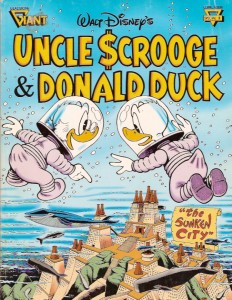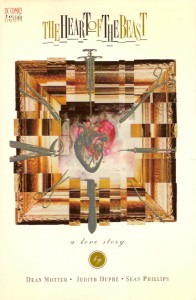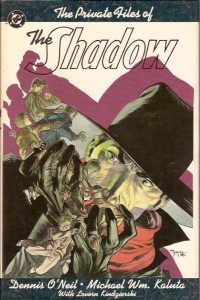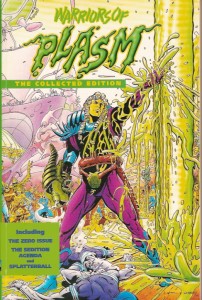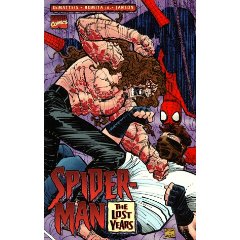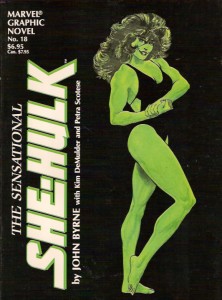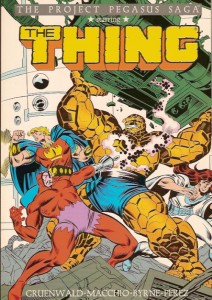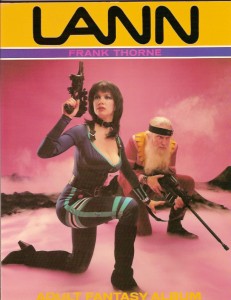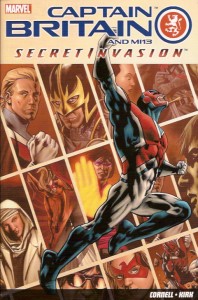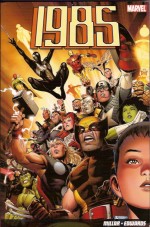
By Mark Millar & Tommy Lee Edwards (Marvel/Panini UK)
ISBN: 978-1-84653-406-5
There’s an old saying in our business that “the Golden Age of comics is ten†(or eight or eleven or… you get the picture). Simply stated it posits that there’s a perfect moment when dawning comprehension and sophistication meets childish wonderment and imagination head-on and whatever you’re reading at that time suddenly transcends Art, Entertainment, Every Thing: it becomes all-encompassing magic.
And no matter what, nothing that follows – cars, sex, extreme ironing – absolutely nothing can touch or tarnish or diminish that Road to Damascus moment.
Hold that thought and consider this collection of the 2008 miniseries from Mark Millar and Tommy Lee Edwards – two superb creators more commonly associated with the older end of the marketplace. In 1985 cynical young Toby Goodman is just getting seriously into comic-books. His local comic store has just turned him on to the maxi-series Marvel Super-Heroes: Secret Wars and the four-colour madness he’s increasingly drawn into acts as a welcome respite from his personal life.
His parents are getting divorced and he’s embarrassed that his cool dad can’t get his life together while the yuppie whiz-kid his mom’s living with seems to be an obnoxious “Mr Perfect.†The old ramshackle Wyncham House where his dad and that weird kid Clyde used to play and collect funny-books twenty years ago has been taken over by a strange bunch of oddballs. They offer Toby’s dad the pristine collection of comics in the cellar – left untouched since Clyde Wyncham was put in a sanatorium – but honest fellow that he is Jerry Goodman tells them to sell the stash to the comic store – just like you or I would…
And then things start to get weird. Toys that don’t exist start appearing. People dressed like Marvel Super-villains start appearing around the tiny town. A giant green monster who looks and talks like the Incredible Hulk catches Toby snooping…
This intriguing tale recounts what happens when a fantasy world invades our real one, and the everyday actions of comic life become gritty horror as all the villains of the Marvel Universe are brutally unleashed on a Small Town USA. As the carnage escalates only Toby knows what to do. Using a portal in Wyncham House the boy goes into the Marvel Universe to fetch the super-heroic cavalry…
This tale reads like a movie plot seeking to marry the way-out world of comics to our world, and has some pleasant echoes those Gardner Fox days of Infinite Earths as well as a flavour of Marvel’s own boldly innovative Nth Man series (by Larry Hama and Ron Wagner, from 1989-91 if you’re interested) and it won’t be to everybody’s taste, but if you’re a casual visitor or lapsed fan this well-executed yarn might tickle some old fancies.
© 2007, 2008 Marvel Entertainment, Inc. and its subsidiaries. All Rights Reserved. (A BRITISH EDITION BY PANINI UK LTD)

